Wolfe & Wolfe
The lucrative partnership of Wolfe & MacKenzie ended in late 1910, and Frank worked alone for a while. In 1912, he presented the first of his Prairie designs influenced by Frank Lloyd Wright. It was such a hit, he had commissions for many more similar designs, and he brought his son Carl in as an associate. The firm produced some of Wolfe's most important and memorable designs.
The "California Prairie" became Wolfe & Wolfe's signature style. There are about 40 Wolfe Prairie homes in San Jose alone, and more all over Northern California.
Domestic Architecture that is Different
Something different. That is what Messrs. Wolfe & Wolfe, the San Jose architects mean to give their clients. That they have succeeded one need only to glance at some of the accompanying pictures, which show the wide range of domestic architecture covered by them. For the most part their work is very good, although a few houses they have designed are so unusual in their treatment that the critics are bound to be heard from. In San Benito county Messrs. Wolfe & Wolfe have recently completed a house for Mr. Macomber, a wealthy cattle raiser, which is unique, indeed. The owner wanted "something different." He has it.
The architects have developed a style which might be termed a modern adaptation of the Moorish. Were this unusual architectural effort placed upon a city lot we fancy it would call forth a world of criticism, but placed where it is, 'mid the low, rolling hills of San Benito, with their ever-changing California colors, the house seems to fit in very well. The colors blend splendidly with the surrounding country and there is a certain feeling in the style that gives a charm to the place which a more serious or dignified design might create.
The residence of Peter Col, in College Park, is a pleasing example of the latest style in domestic architecture. The style is a natural result of a growing tendency to use asphalt materials for roof coverings. The well-known work of Frank Lloyd Wright is along these same low, broad lines.
—Excerpted from The Architect and Engineer, May 1914. The old photos on this page are also from that issue.

MacComber country house. Today it is the Paicines Ranch in Hollister.
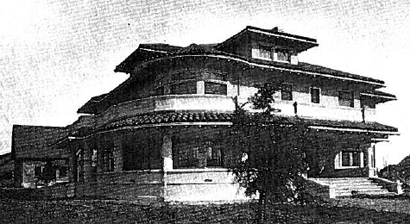
The 12-room Beard residence in Modesto was demolished in the 40s.
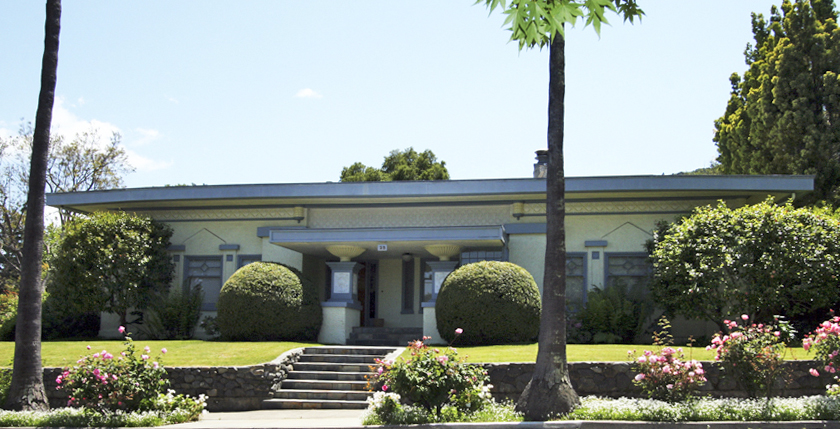
This striking Wolfe & Wolfe house was built in Los Gatos in 1914.
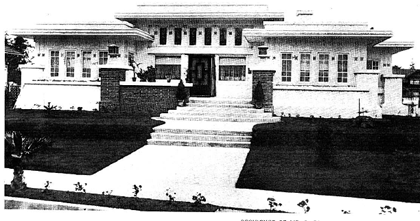
Col house in San Jose in 1913. This residence built for wholesale grocer Peter Col in Hanchett Park is probably Wolfe's best-known building. It appeared on a postcard advertising Hanchett Park and Wolfe considered it one of his finest accomplishments. The Cols also had Wolfe design a large country home for them in Idyllwild, California.

The Col house today. The little palm trees in the front have grown quite a bit!
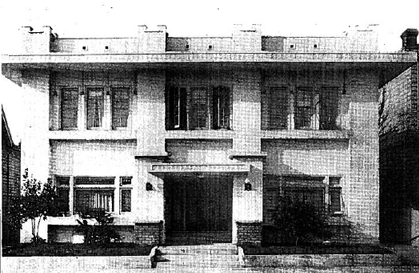
The Wolfe Apartments in San Jose, no longer existing
This building in San Jose, originally built as the Prussia Apartments, is still used as an apartment building. It has many original exterior and interior details.
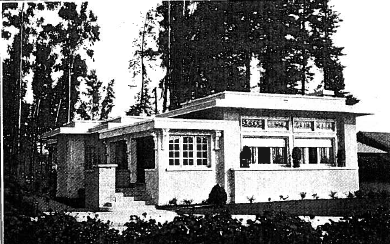
Prairie house built for developer Joseph Hageman in San Jose in 1913.

The Hageman house today.
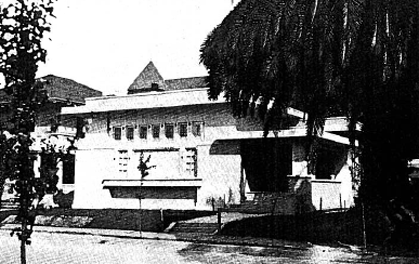
Prairie house built for real estate developer Roy Atkinson in San Jose in 1913.
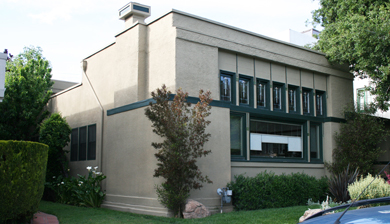
The Atkinson house today. The overhangs were removed at some point.
